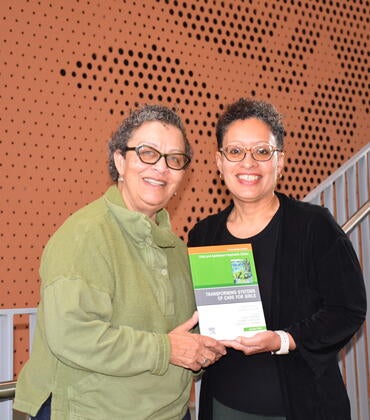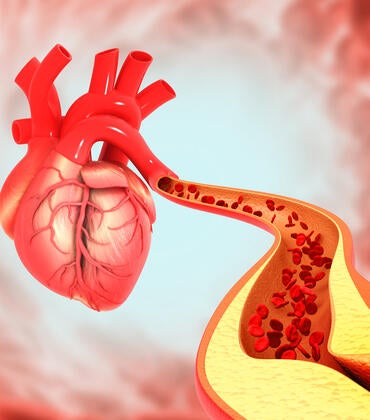
A study by University of California, Riverside, scientists has found that two toxic chemicals can form when the main ingredient in most e-cigarette fluids is heated, and that these compounds can harm human lung cells.
The researchers characterized the toxicity of methylglyoxal and acetaldehyde, both known toxins that can be generated during the heating of vaping liquids containing propylene glycol. While these chemicals are already recognized as harmful in other settings, their impact during vaping has not been well understood until now.
Using lab-grown human airway tissue, the team exposed cells to realistic levels of each compound and monitored how the cells responded. Both chemicals disrupted essential cell functions, but methylglyoxal caused greater damage at much lower concentrations. It interfered with mitochondria, the structures that generate energy for cells, and weakened the actin cytoskeleton, which helps cells maintain their shape and strength.
“These changes are signs of stress and injury that could contribute to long-term health problems if repeated during vaping,” said Prue Talbot, a professor of the graduate division and lead author of the study published in Frontiers in Toxicology.
Talbot noted that acetaldehyde has received more attention in the past because it appears in higher amounts in e-cigarette vapor and is a known component of cigarette smoke linked to lung disease.
“However, our results suggest that methylglyoxal may be even more toxic to airway cells, despite appearing in smaller quantities,” she said.
Man Wong, a graduate student and first author of the paper, said one particularly concerning finding is that lower-powered e-cigarette devices, often assumed to be safer, might produce higher levels of methylglyoxal.
“Because nearly all e-cigarettes use propylene glycol, understanding how these byproducts form and how they affect cells is critical to evaluating the long-term health risks of vaping,” Wong said.
The study also showed that even short-term exposure to these chemicals can alter cellular pathways linked to energy production, DNA repair, and structural integrity.
“Our work helps explain how vaping-related chemicals may contribute to lung injury,” Wong added. “We hope it guides future studies and safety evaluations of e-cigarette products.”
Talbot and Wong conducted the research with Teresa Martinez and Nathan Hendricks.
The study was supported by grants from the National Institutes of Health, the U.S. Food and Drug Administration Center for Tobacco Products, and the UCR Academic Senate.
The title of the paper is “Acetaldehyde and methylglyoxal: comparative analysis of toxic electronic cigarette degradation products in 3D and 2D exposure systems using human bronchial epithelial models.”

Speak Up for Science!
Science makes our lives better. Now it’s at risk. Join us in asking Congress to reject drastic cuts to research.




